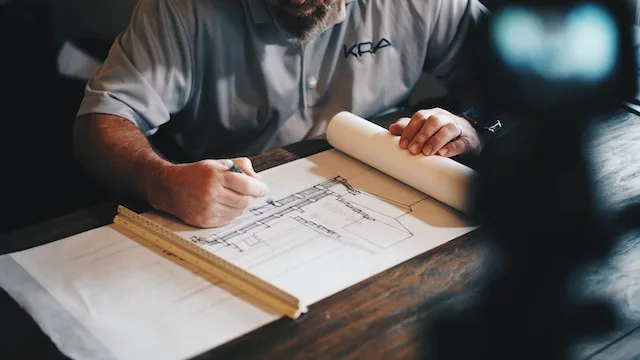What You Need to Know About Using Shims in Construction Projects

Do you know what a shim is and why using them in construction projects is so important? Shims are thin strips of material, often metal or plastic, used to fill small gaps between two surfaces that need to be leveled. Shimming can not only support necessary elements but it also helps create the most efficient finished product – something all contractors seek. In this blog post, you’ll learn more about how using shims in construction projects will benefit your project and improve results overall. We’ll look at why you should plan for where they might be needed before starting a project, examine various types of materials used for shimming, and uncover quick hacks for those hard-to-reach areas during major renovation jobs. So if you’re looking to make any big changes soon with minimal fuss and maximum success, read on!
Make Sure To Source Quality Materials
In construction, the quality of your materials can make or break the success of your project, and this is especially true when it comes to shims. Sourcing high-quality construction products is crucial for the durability and longevity of your projects. The best shims are those that won’t compress over time, maintaining the stability and safety of your construction. You might be tempted to skimp on this seemingly insignificant tool but remember, shims are the silent workhorse in any construction project. They bear weight, withstand pressure, and maintain alignment. So, whether you’re using metal, plastic, or wood shims, ensure they’re premium quality and sourced from reliable suppliers. This upfront investment can save countless dollars in future repairs and rework.
Precision Matters
Accurate leveling is a crucial element that can significantly impact the outcome of a structure. Without it, you risk facing issues such as structural instability, misalignment of doors and windows, and uneven floors. Think of your construction project as a puzzle; each piece, no matter how small, needs to fit perfectly in its place. Shims play a pivotal role in this puzzle, enabling accurate leveling and alignment, and contributing to the overall integrity of the structure.
An uneven surface or a minor height discrepancy can lead to significant problems down the line. For instance, doors may not close properly, or your floors may develop uncomfortable slopes. Shims help to rectify these discrepancies by filling in gaps and leveling uneven surfaces, ensuring a smooth and level finish. Their role might seem minor, but these small components can make a huge difference in the quality and longevity of your construction project.
Types of Shims
Shims come in a variety of materials, each tailored to suit the specific needs and conditions of a construction job. The most common types of shims include metal, wood, and plastic, each offering unique benefits.
- Metal Shims: Often made from steel or brass, metal shims are durable and resistant to compression. These types are ideal for heavy-duty applications where significant weight or pressure is applied. They are also resistant to rust and corrosion, which makes them suitable for outdoor use.
- Wood Shims: Traditionally, wood was the most common material used for shims. Wood shims are inexpensive and easy to trim to the desired size, making them a convenient choice for many contractors. However, they might be subject to rot and are not as durable as metal or plastic shims.
- Plastic Shims: Plastic shims are a popular choice in modern construction projects. They are resistant to moisture and can be easily cut to the desired size. Plastic shims are non-compressible, making them highly effective for use in areas where stability is paramount.
Installation Techniques
Understanding how to properly install shims is as important as choosing the right materials. There are certain techniques and tips that can help ensure that your shims are placed correctly and used effectively.
- Measure Twice, Cut Once: Remember this golden rule of construction. It’s essential to measure the gap you’re trying to fill accurately before cutting your shim. Too short, and the shim won’t provide adequate support. Too long, and it could cause misalignment or instability.
- Don’t Overload: Each shim is designed to bear a certain amount of weight. Overloading can lead to the shim compressing over time and causing structural issues. Always check the load-bearing capacity of your shims.
- Even Distribution: When using multiple shims, it’s crucial to space them evenly to distribute the weight or pressure across the entire surface. This ensures stability and prevents potential warping or distortion.
- Trimming: After placing a shim, it might stick out from the edge of the structure. In such cases, it should be trimmed flush with the edge for a clean, professional finish.
In conclusion, shims are essential tools in construction projects as they help create a leveled, efficient, and safe structure. While it’s possible to use household items such as coins or credit cards for minor leveling, using dedicated shims is ideal for larger jobs. Make sure you source high-quality materials and understand the proper installation techniques to get the most out of your construction project. With these tips and tricks in mind, you’ll be able to get the most out of your shims and ensure that your next construction job is a success.
Get More Clients for Your Construction Business With These Tips




